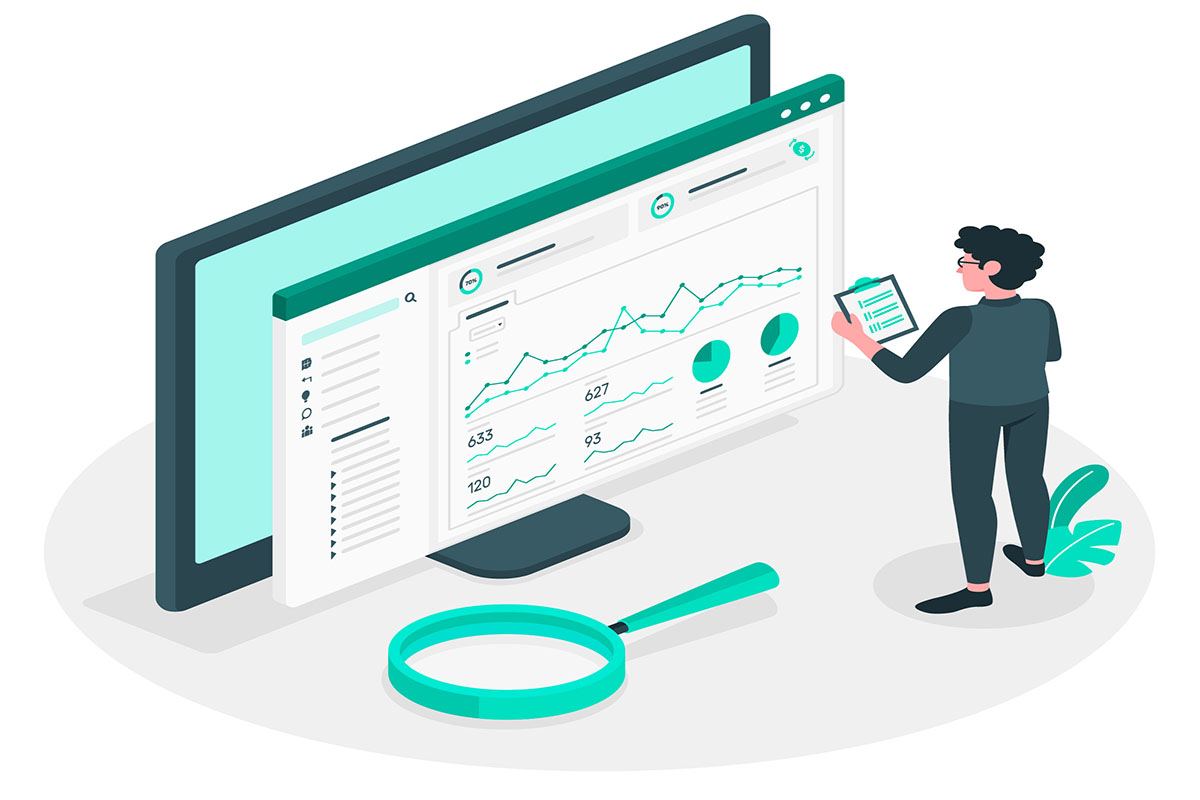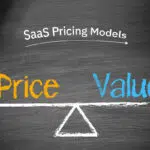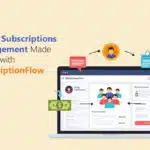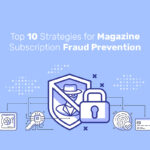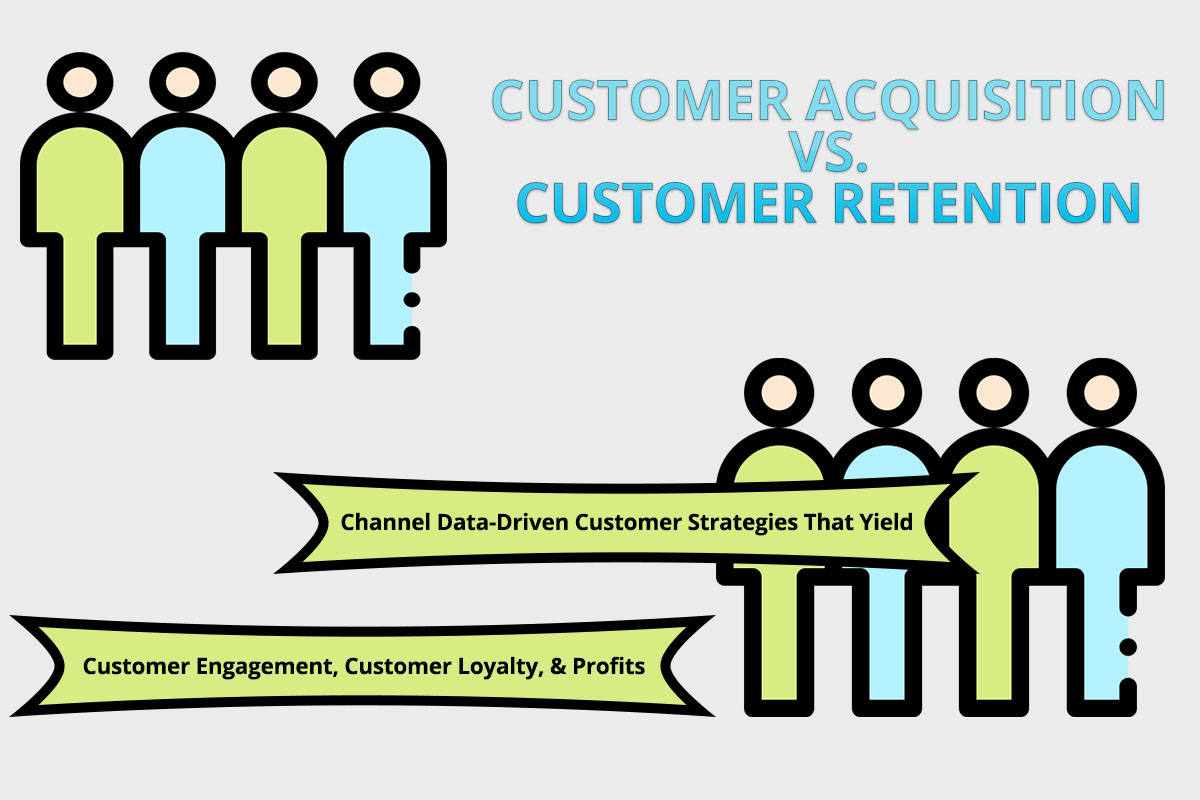
Transitioning to SaaS Subscription Model—Needs, Challenges, Strategies, Monetization, Management, And All It Takes To Move To A Recurring Revenue Model
Each year, more and more companies from across the world are leaping to shifting to the subscription model, and for a good reason. The subscription economy has boosted manifold over a decade only.
After the success of the subscription-based services of the companies like Slack, Salesforce, Dropbox, Google Apps, Adobe, and many, some of the most world-renowned companies either have already shifted or looking for ways to make a smooth transition to the subscription model.
In the Age of Subscriptions
The software industry is the major contributor to the subscription revolution. With the advent of cloud computing, the software industry unearthed the advantages of the SaaS subscription business. SaaS or Software as a Service industry is a subset of the huge market of cloud-based services that are anticipated to mint more than $76 billion by the end of 2020.
Studies suggested that subscription-based software businesses are growing revenue nine times faster than traditional one-time purchasing or licensing. They prefer the subscription business model as it generates recurring revenue, which is more predictable and more durable.
The pandemic further greased the wheel of the needs of simple, easy, convenient, and affordable access to technology. The subscription business model is unveiled as the answer to all these concerns with its stability, predictability, reliability, and affordability.
In this blog post, we will learn:
- The SaaS Subscription Model
- The Needs for the Subscription Model
- The Benefits and the Challenges of the Subscription Model
- What does it take to make a transition to the subscription model?
- The Monetization Model that Can Support SaaS Subscriptions
- The Best Practices to Shifting to the Subscriptions
Before we dive deep into the SaaS and Subscriptions particularities, let’s begin with the understanding of the SaaS as a component of cloud computing and sort through what actually the software subscription model is and how does it benefit the SaaS industry.
Also Read: Learn Why You Need a SaaS Subscription Billing Solution To Boost Your Recurring Revenue in 2020
What is Software Subscription?
Providing customers access to the software for a definite length of the term and charge them after a certain interval is the software subscription. It can also be referred to as the business model that allows software companies to offer subscriptions of their products or services on a recurring basis.
The Software Subscription Model vs. The SaaS Subscription Model
Not every software subscription model is a SaaS subscription model. Based on their existence, they can be broadly categorized into on-premise software, SaaS, and hybrid software.
SaaS is a type of software and is a component of cloud technology.
Cloud technology is comprised of three components:
- IaaS—Infrastructure as a Service
- PaaS—Platform as a Service
- SaaS—Software as a Service
So, SaaS or Software as a Service subscription model can be defined as Software as a business model, powered by IaaS and PaaS, which delivers an application through the Internet to a large number of customers against a subscription fee for a term after small periods when the billing cycle hits.
The SaaS Industry Needs The Subscription Business Model
The SaaS revolution has rapidly replaced the traditional software business models with the SaaS subscription model with the availability of the software services through the cloud.
It is expected that 73% of companies would run purely on SaaS apps by next year. Gartner predicts that by 2020, all new entrants and 80% of historical vendors will offer subscription-based business models, regardless of where the software resides.
Several traditional software vendors are out there, still, the subscription model is swiftly making ways for the easy, stable, predictable, and reliable software businesses as SaaS.
Software vendors have found SaaS and subscription, both, as the opportunity for more customer success and stable revenue stream with higher profits.
SaaS does not require infrastructure, tech-astute, or experts to configure and manage the application. Instead, SaaS allows easy access through the cloud, and all the management, updates, and maintenance remain on the side of the SaaS vendor.
It relieves customers and vendors, both.
The subscription-based business model adds more profit to the revenue stream along with customer loyalty. It channels the predictability and stability of making more money for a particular term and then materializing the same opportunity for the next term.
With the fact that customer acquisition is way more expensive than retaining the customers, it favors the tapping of the recurring revenue over time and growing opportunities for more profits.
On the operational and management side, it is also more reliable for customers and merchants, both. The subscription management of recurring operations is easy and convenient. The operations of recurring billing for SaaS require one-time efforts and, later, the recurring revenue starts to stream, automatically.
Pre-Transitioning Considerations to the SaaS Subscription Model
Making the change from traditional to subscription models isn’t easy. There are a lot of things to think about. Every SaaS vendor has come across their own unique set of challenges.
Transitioning to the SaaS subscription requires to take some calculated and sound steps that will help through the process. Switching to the subscription model deals with two aspects:
-
Stakeholders
Transitioning requires a thorough look into the interests of the stakeholders. The primary stakeholders for a SaaS business are:
- Customers
- Investors
- Employees
They all have their concerns, apprehensions, inclinations, and interests to invest their resources, efforts, and skills into your SaaS.
The SaaS vendors are required to dig deep to learn and satisfy their comforts with the transition.
For instance, the primary stakeholder for a SaaS is its customers. They are attached to the software for some reason. You need to investigate them and take care of their interests. Likewise, the other two stakeholders are internal audiences: Investors and Employees. They both need the reasons, information, validation, as well as education to go through the process, smoothlessly. The pre-transition stage requires to focus on the answers to the other following concerns:
- Who are your loyal customers and why are they?
- Is the transitioning impacting negatively on their interests?
- How would the stakeholders react to the shifting?
- Is it convenient for them to move along with you through the process?
- Are they enough trained, educated, or informed to go with the flow?
- Do you have a strategy to convince them to adopt the new change?
- How do you plan to facilitate them?
- What are the interests that they would gain with the transitioning?
- What are the challenges they have to face while there would be a transition?
- And many more.
-
Product
Shifting to the SaaS subscription model is not only about moving all the software or application programs or modules into the cloud and start collecting recurring revenue.
It hugely deals with dealing with the challenges of meeting the stakeholders’ interests. Reviving an old product or introducing a new SaaS product, or both—all are the options, and it takes special understanding to come up with a solution. However, a new SaaS product with more features, accessibility, enhanced customer experience, affordability, and new competitions gives a fresh perspective to all the stakeholders. It refrains them from the complexities of comparison and consideration.
The main aspects that need core attention while shifting to the SaaS subscription model are:
- Enhancing User Experience
- Features or Modules Testing
- Market Comparison and Competition
- Monetization
Finding the Best Monetization Model for SaaS Subscriptions
Based on their market and product or service, SaaS subscription businesses adopt a billing model that would assist them in making progress towards their recurring revenue goals. The SaaS subscription billing model can broadly be categorized into:
Some SaaS requires a static and fixed billing model. The Flat-Fee Model offers flat-charges for any SaaS subscription plan, product, or service. This type of billing model is already very common in media, OTT, print and publications, transportation, broadband subscription services, subscription boxes, sports and e-sports memberships, clubs, hotels, and resorts memberships, online education, and many more.
It is the ‘Pay-As-You-Go’ SaaS billing model, and also called metered or consumption-based billing. The usage-based SaaS monetization is the most favorable SaaS billing model. It is the dynamic form of the SaaS Subscription billing based on a variable pricing structure that is billed differently on every interval as per the consumption of the subscription services.
Some of its sub-types are:
- Features-Based Billing—billing based on the number of features of any product or services subscribed.
- Features-Based Tiered Billing—billing based on the bundling of the features in multiple tiers or subscription plans.
- of Users Based Billing—billing based on no. of users allow for availing subscription services
- of Users Based Tiered Billing—billing based on no. of users allow for availing subscription services in multiple tiers or as subscription bundles
- Time-Based Consumption Billing—billing based on the use of subscription services or products as per the days, hours, or time allotted.
- Hybrid Billing Model—SaaS Subscription Model can be picked up as the combination of the two subscription models, i.e. flat-fee or the usage-based billing
Often SaaS subscription businesses have to opt to devise their own hybrid billing models so that they can manage their production, operations, management, and other costs along with profits.
These can be planned as:
- Flat Subscription plus Overage Charges-Based Billing—it includes flat billing plus the usage-based charges if exceed the limits for the allowed usage.
- Flat Subscription plus Exclusive Features Usage Billing—it includes flat charges plus optional and additional features based pricing.
- Freemium plus Linear Pricing—it offers free access to subscription products or services to a certain extent and afterward bill based on the consumption of the features or time.
The Advantages of the SaaS Subscription Model
- Convenient, Automatic, and Systematic Billing Processing Every time
- No Missed or Late Payments Risks
- Less Operational Cost
- More Customer Retention
- Revenue Recognition
- Growth Stability
- Revenue Predictability
- Management Reliability
- Control Over Market Demand
- Manageable Supply Chain
- PCI Compliance
The Challenges of the SaaS Subscription Model
- Complex Recurring Billing Management
- Data Security
- Identification of Billing Errors and Long Correction Procedure
- Tracking Users and Payments
- Payment Declination or Failed Transaction Errors
- Detection of Overage or Forced Charges
The SaaS Subscription Management
SaaS is exploring new avenues in the realm of subscriptions. To deal with the challenges of managing the varied types of SaaS subscription billing, secure payment processing, and recurring revenue, SaaS vendors need a highly flexible, scalable, extensible, stable, predictable, and reliable subscription management software.
SubscriptionFlow is a platform that can automate all their recurring billing and payment processing processes. Along with these, it also offers AI-supported price optimization, risks, and threats detection and mitigation.
It is a subscription billing platform that could facilitate the businesses as per their business or services size and their digital needs with the following functionalities:
- Automated Recurring Billing and Payment Processing
- Subscription and Database Handling
- AI-enabled modules
- Identifications, and other Assistances
- Extensibility for Flexible Integration
- Prorated Subscription Billing
- Smart Dunning Management
- Secure Payment Gateways Integrations
- Online Fraud Payment Detection and Mitigation
- Real-Time SaaS Analytics
- Revenue Management & Reporting






